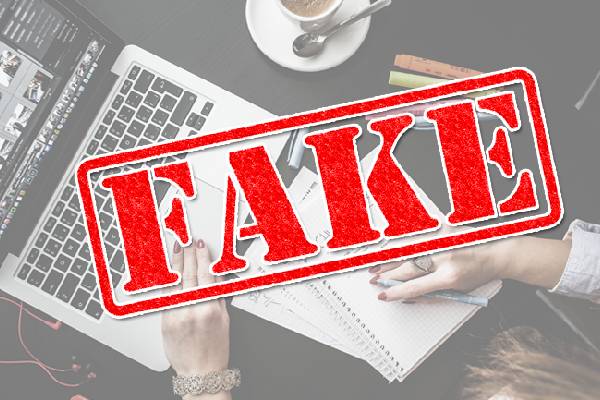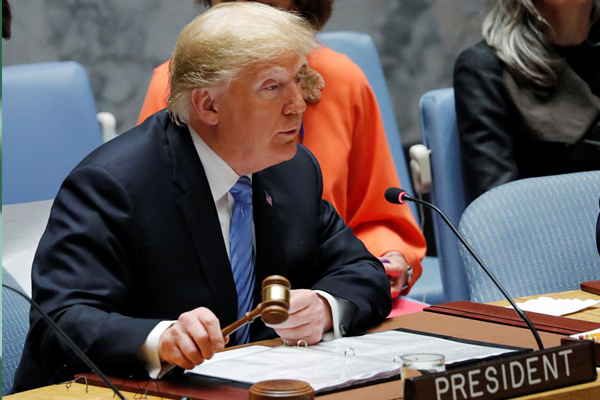On June 21, 2025, the United States, under the leadership of President Donald Trump, launched powerful airstrikes on three major nuclear sites in Iran—Fordow, Natanz, and Isfahan. These sites are key to Iran’s nuclear program. The US used bunker buster bombs, which are specially made to destroy underground nuclear facilities. Among these, Fordow is especially important because it’s used for enriching uranium, a key step in making nuclear weapons.
This attack did not happen suddenly. For weeks, tensions were rising between Iran and Israel. On June 13, Israel launched surprise attacks on Iran’s nuclear and military areas, saying Iran was close to making a nuclear bomb. Iran then fired drones and rockets at Israel in response. As the situation grew more dangerous, the United States warned Iran and gave them two days to come to the table for talks. When Iran refused, the US went ahead with the bombing.
After the US attack, Iran warned of strong revenge, especially if the US continues to stand by Israel. Experts fear that this could lead to a bigger war in the Middle East. Iran might even target US military bases in the Gulf region. Though Iran said it had safely evacuated people from the bombed nuclear sites, the real damage to its nuclear program is still unknown. Meanwhile, Iran-backed groups like the Houthis have also threatened to attack American interests.
Many countries, including India and those in Europe and the United Nations, are trying to bring peace, but till now, their efforts have not worked. The International Atomic Energy Agency (IAEA) confirmed that small radiation leaks were seen after Israel’s earlier attack, but said there is no immediate threat to public health.
These latest attacks have made the situation in the Middle East even more dangerous. As both Iran and the US refuse to step back, the region may face a wider and more deadly war. People living in Iran, Israel, and even the United States are feeling scared about what might happen next.


































